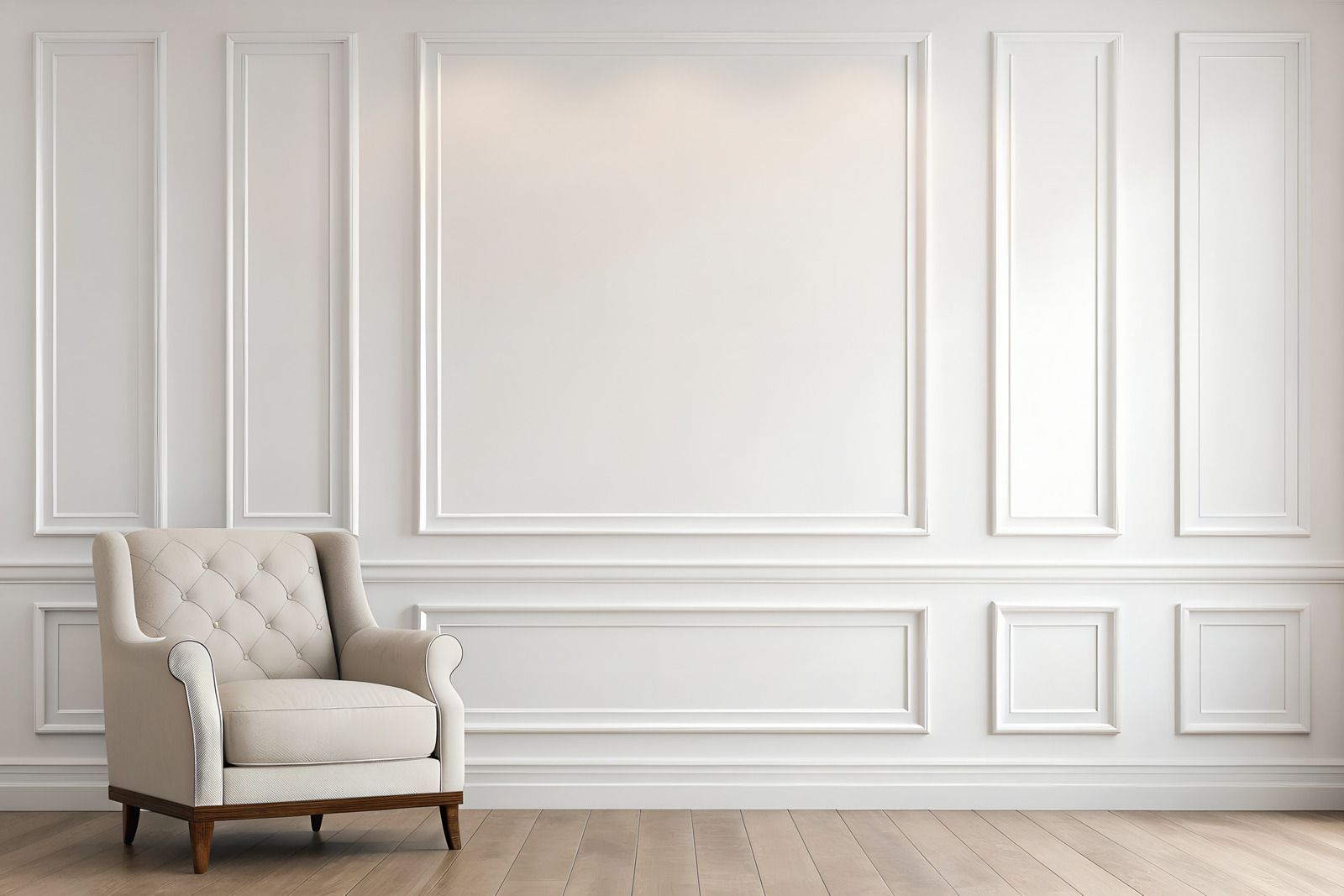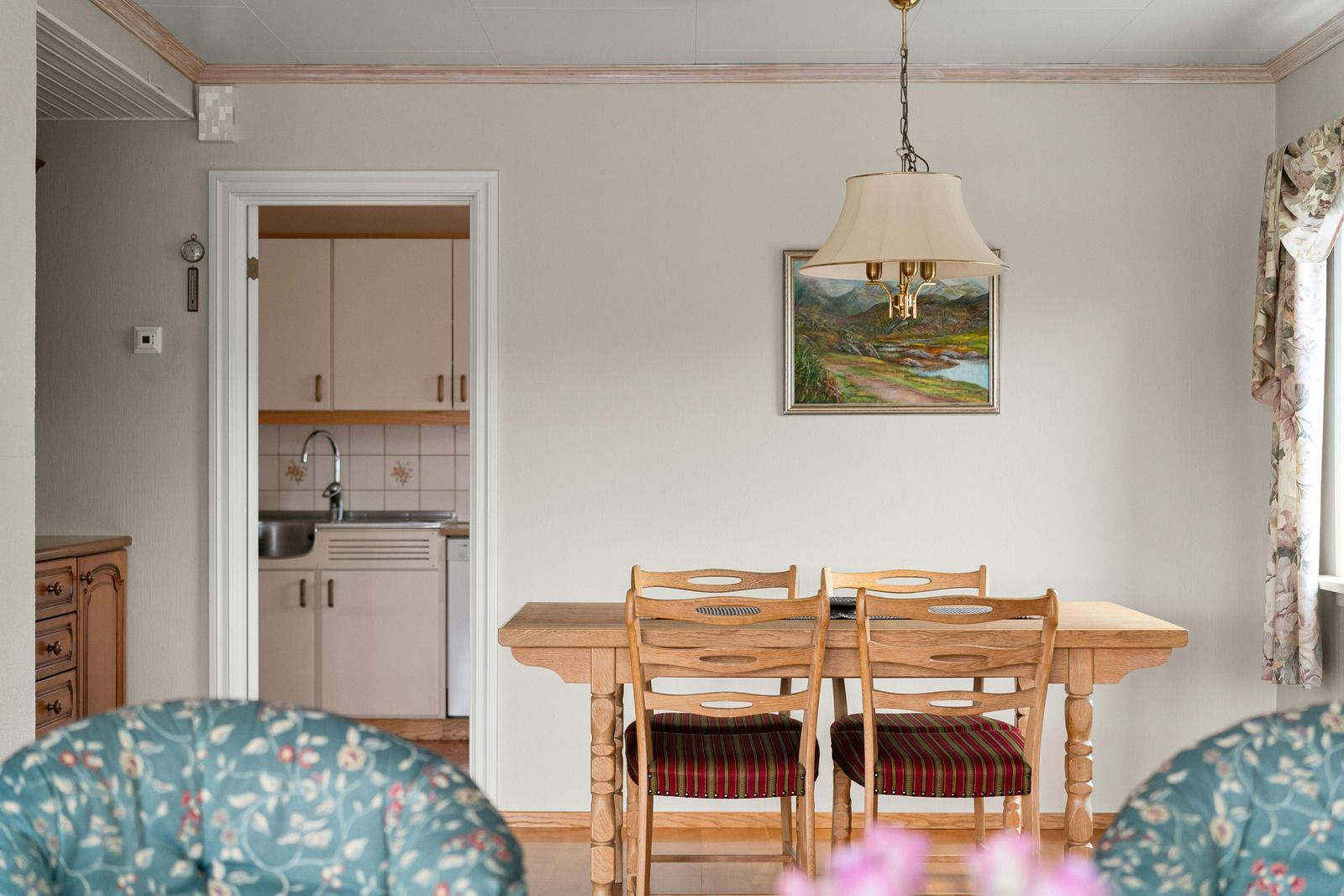Sustainable Living: Environmentally-Friendly Painting and Decorating Choices for Your Home
June 2, 2025
As growing concerns about climate change and the state of our planet continue to dominate headlines, many of us are seeking ways to live more sustainably and reduce our environmental impact. Introducing eco-friendly practices and materials in our homes, particularly when undertaking painting and decorating projects, can contribute significantly to this goal.
With over 30 years of experience providing residential and commercial painting and decorating services in London, our expert team of professionals is well-equipped to guide you in making environmentally conscious choices that can enhance the sustainability, health, and overall quality of your home.
In this blog post, we will explore a variety of eco-friendly solutions and materials suitable for painting and decorating projects, highlighting their benefits and demonstrating how they can contribute to a greener, more sustainable home environment. Our focus will span a range of environmentally-considerate options such as eco-friendly paint, reclaimed wood, energy-efficient lighting, and mindful disposal methods, offering valuable insights and resources to help you make educated, sustainable choices for your home.
Eco-Friendly Paint: Choosing Sustainable and Healthy Alternatives
When it comes to painting our homes, traditional paints can often contain harmful chemicals that release volatile organic compounds (VOCs) into the air. To create a healthier and more sustainable environment, consider these eco-friendly alternatives:
1. Low-VOC or VOC-free paints: Look for paints labelled as ‘low-VOC’ or ‘VOC-free’ to significantly reduce the emission of harmful compounds. These environmentally-conscious alternatives offer comparable durability and coverage to their high-VOC counterparts but with fewer airborne toxins.
2. Natural paints: Made from natural ingredients such as plant oils, resins, and minerals, these types of paint are biodegradable and free of harmful chemicals. They are available in a wide range of colours, finishes, and applications, making them a viable and sustainable option for those looking to minimise their environmental impact.
3. Recycled paint: Consisting of unused or leftover paint that has been collected, filtered, and blended, recycled paint offers an eco-friendly solution while reducing waste generated in the painting process.
Reclaimed Materials: Promoting Circularity in Home Decorating
Incorporating reclaimed and repurposed materials into your decorating projects is a commendable approach to reducing waste, conserving resources, and creating a unique, environmentally-friendly aesthetic. Here are some sustainable options to consider:
1. Reclaimed wood: Sourced from old buildings, bridges, or furniture, reclaimed wood can be used to create stunning flooring, furniture, or decorative accents, exuding charm and character while reducing deforestation.
2. Salvaged fixtures and fittings: Hunt for antique doorknobs, hinges, lighting fixtures, or tiles at salvage yards or online marketplaces to add a touch of history and individuality to your space, while diverting items from the landfill.
3. Upcycled furniture: Breathe new life into old or pre-loved pieces of furniture by refinishing or repurposing them, giving them a fresh purpose and appearance within your home.
Energy-Efficient Lighting: Enlightened Choices for a Greener Home
The lighting choices we make can significantly impact our energy consumption, and it’s important to be mindful of this when decorating our homes. Here are some tips for incorporating energy-efficient lighting solutions into your interior design:
1. Opt for LED bulbs: Light-emitting diode (LED) bulbs consume up to 80% less energy than traditional incandescent bulbs and have a longer lifespan, reducing both energy usage and waste.
2. Install dimmer switches: Dimmer switches permit precise control over light intensity, allowing you to use only the necessary amount of light, thereby conserving energy.
3. Maximise natural light: Plan your room layouts and window treatments to let in as much natural light as possible. Mirrors or reflective surfaces strategically placed can also enhance natural light and create a brighter, more energy-efficient space.
Mindful Disposal Methods: Reducing Waste and Encouraging Recycling
The disposal of waste generated during painting and decorating projects can have a significant impact on the environment. Adopting mindful strategies can help to minimise waste and encourage recycling, as follows:
1. Buy only what you need: Calculate paint quantities carefully to avoid surplus, which could potentially go to waste.
2. Donate unused materials: Offer leftover paint or building materials to local community centres, schools, or non-profit organisations that may benefit from them.
3. Recycle responsibly: Dispose of any waste in an environmentally responsible manner by recycling where possible and adhering to local regulations on proper disposal of paint, hardware, or other materials.
Embracing Sustainable Living with Our Expert Guidance
With growing awareness of the environmental challenges facing our planet, it is increasingly important that we adopt eco-friendly practices in all aspects of our lives, including our home painting and decorating choices.
By opting for sustainable materials like low-VOC paints, reclaimed wood, and energy-efficient lighting, as well as adopting mindful waste disposal practices, you can contribute to protecting the environment while creating a healthier, more appealing living space.
Our dedicated team of artisan painting and decorating professionals at Decorwise Painters and Decorators London is committed to guiding and supporting you in making informed, sustainable choices for your painting and decorating projects. Trust in our expertise as we work together towards creating a brighter, greener future in 2024 and beyond — crafting beautiful, eco-friendly homes that are not only kind to the environment but also provide a healthier, more serene haven for their occupants.



